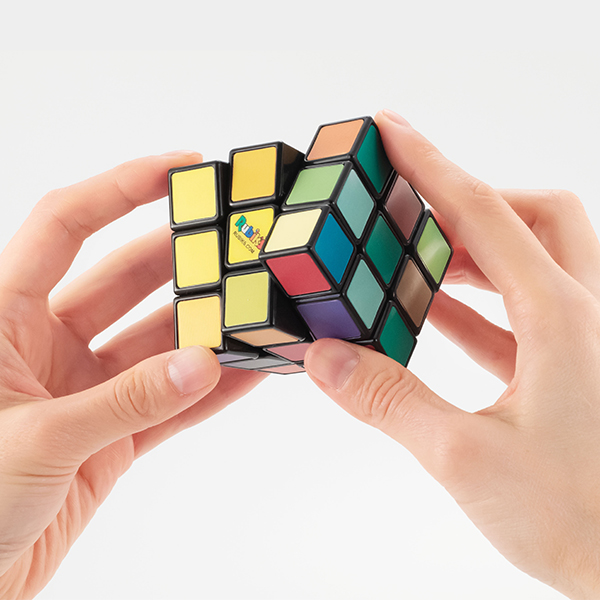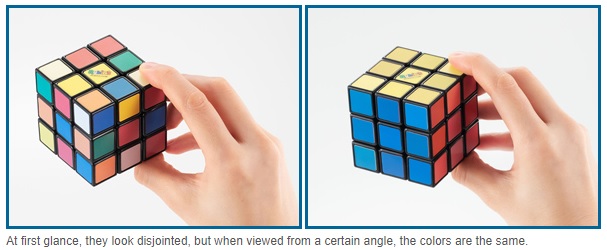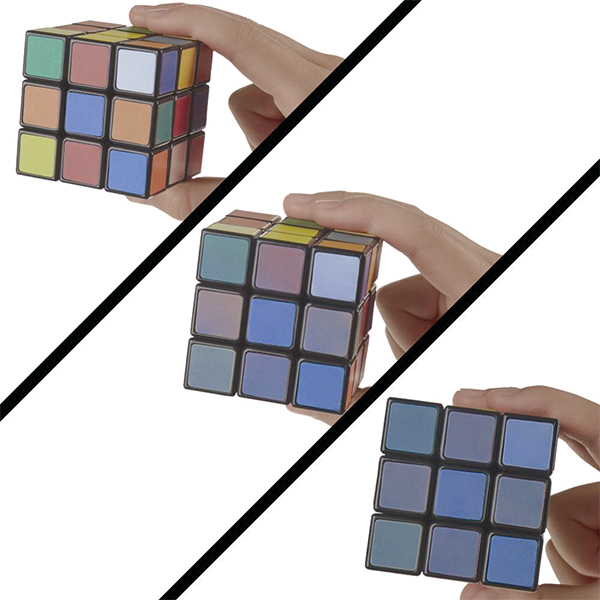If you’re the type of person who struggles with the classic Rubik’s Cube, you should stay far away from this “impossible” version that recently went on sale in Japan.
Designed by the wicked minds at Bandai Namco’s MegaHouse Co., the Rubik’s Cube Impossible is being marketed as the most challenging variant of the popular toy invented by Hungarian sculptor Ernő Rubik. The differences from the original are hard to identify at first glance, as the principle is exactly the same, the number of facets is identical, with the only different thing being the coloring. The difficulty of the Rubik’s Cube Impossible lies in the duality of the colors. Nearly all 54 facets are iridescent, meaning that they change color when looked at from different angles. That apparently makes it a lot harder to align all the colors, as the rules of the classic cube no longer apply.

According to the MegaHouse product page, all six sides of the Rubik’s Cube Impossible consist of eight iridescent facets and one facet that remains the same color regardless of the viewing angle. Apparently, the user has to use the fixed-color facet as a guide, and rotate the sides until all colors are the same, when seen from a certain angle.
Understanding how the classic Rubik’s Cube works apparently doesn’t help very much when trying to solve the impossible version, as you can’t go by the old “this color can never be next to this color” rule to solve the puzzle, making it infinitely harder to figure out.

I’ll admit that I am not a big fan of the Rubik’s Cube, I’ve never once solved the classic one, so I can’t really tell you how hard MegaHouse’s Impossible variant is. But I can tell you that, according to IT Media, hardly anyone in the development team for the toy can solve it. Even Shuhei Omura, the 2009 Rubik’s Cube World Champion, and the director of Speed Cubing Japan, struggled with it.
Omura said that he was overwhelmed by the difficulty of the Rubik’s Cube Impossible and even asked the development team to confirm that his prototype was not defective, but when he finally managed to solve it, he felt “a comfortable sense of accomplishment”.

Because of the high degree of difficulty, both the makers of the Rubik’s Cube Impossible and Shuhei Omura recommend it only to seasoned puzzle enthusiasts who can solve the original with ease. It’s apparently not the type of thing beginners can have fun with.
The Rubik’s Cube Impossible is currently available via the MegaHouse website for 3,800 yen ($30). Buy it at the risk of your own sanity.






